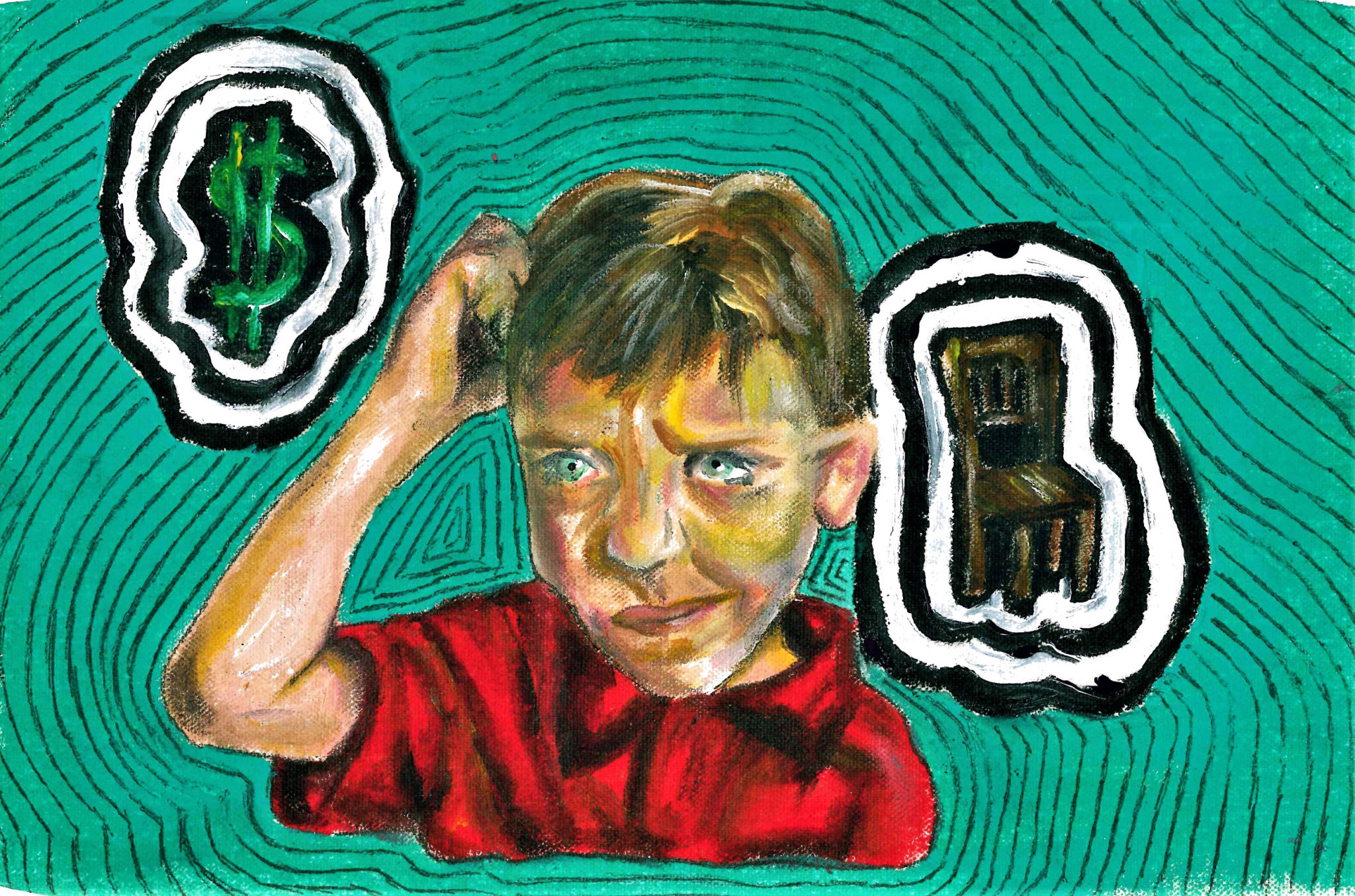
A new Yale study offers a glimpse into children’s understanding of social constructs.
Published on Sep. 26 in the journal Cognition, the study found that children are on average unable to differentiate between the functions of institutional objects and structural objects until late into development.
While institutional objects — such as driver’s licenses and passports — derive their value from institutional norms and practices, the functions of structural objects — such as hammers or brooms — are determined by their physical properties.
“We find that it was actually pretty late emerging that they understand the difference,” the study’s first author and psychology professor Alexander Noyes said. “It’s really not until eight or nine that children understand robustly that money is something that retains its value because of our social practices and isn’t something that is simply valuable because of its physical structure.”
Noyes, a researcher in Yale’s Social Cognitive Development Lab, led two studies that focused on the ways in which children understand the functions of institutional and structural objects. In the studies, researchers described hypothetical communities to the children that stopped using objects of each of the two types.
The results showed that young children falsely believe institutional objects retain their purpose even when they are no longer regarded as valuable by the community. For example, the children thought the dollar
bill would still be useful even if no one in the United States used it anymore.
To distinguish between institutional and structural objects, the researchers posited that a change in a community’s practices or attitudes would cause institutional objects to stop working, Noyes said.
“If we in the United States stopped using dollar bills to exchange goods, stopped paying each other with dollar bills
and stopped using them, dol- lar bills would no longer work,” he said. “This wouldn’t happen for hammers. If we all stopped using hammers, they would still work.”
According to Noyes, the most likely explanation for the late development of the ability to differentiate between the objects is the complexity of the bureaucracy that creates these institutional objects. Young children are generally not exposed to the
creation of money, passports or borders, and therefore have trouble discerning the value of these objects, he said.
Following the publication of this paper, Noyes is studying how adults perceive gender and race as socially constructed or natural as well as how children understand how rules and prac- tices are instituted.
Jesse Nadel | jesse.nadel@yale.edu







